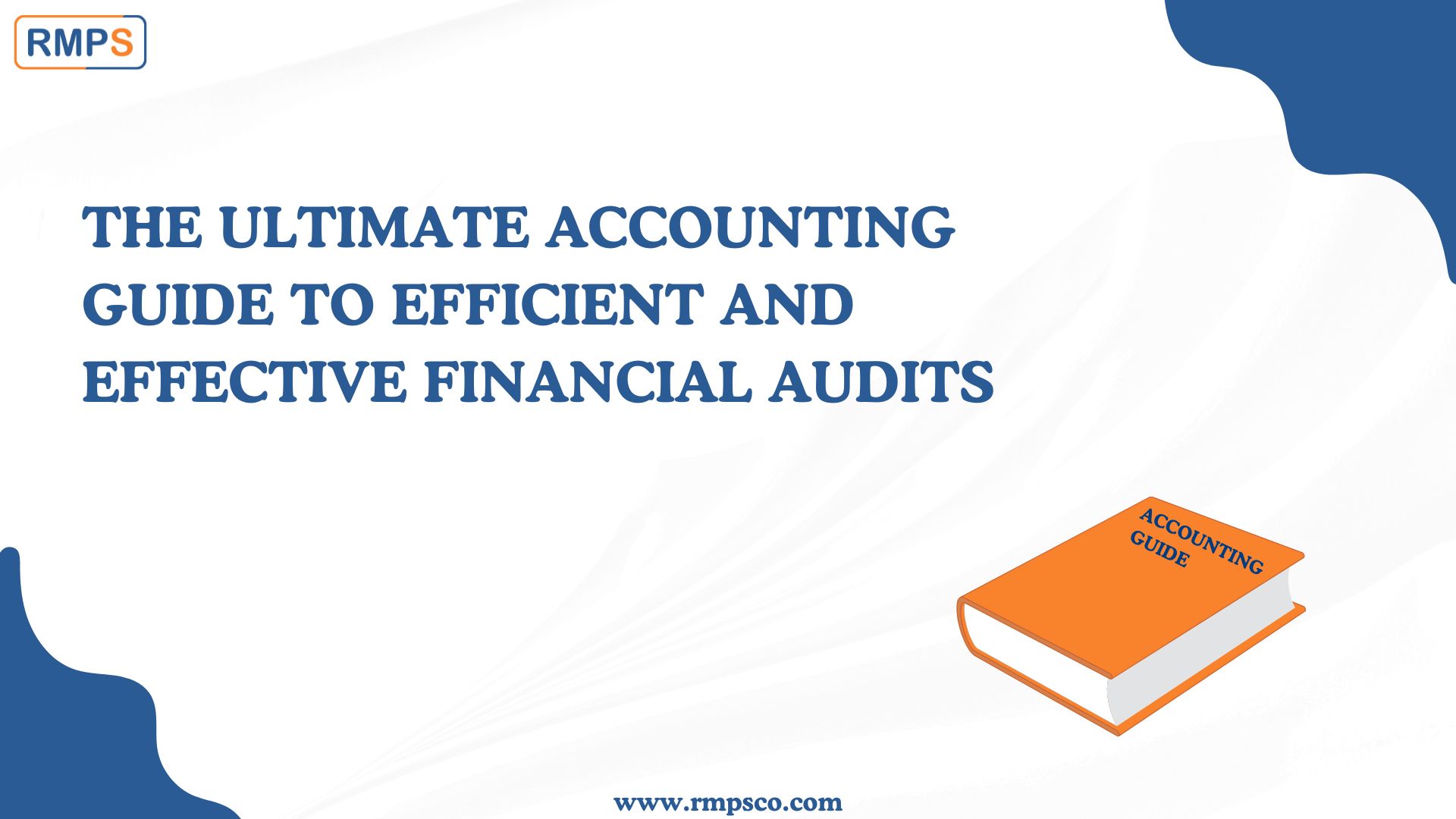
Introduction
Preparing for an audit can be overwhelming, but with a structured approach, you can simplify the process and gain valuable insights into your financial health. This guide outlines essential steps to ensure your accounting records are in excellent shape. By following these steps, you’ll streamline your accounting records and facilitate a smooth audit process.
1. Sales: Ensuring Accuracy
Review Your Sales Ledger
Begin by examining your sales ledger to ensure every transaction is accurately recorded. Keeping this ledger up-to-date reflects your true sales figures.
Cross-Check Sales Invoices
Compare each sales invoice with delivery notes and supporting documents. This ensures that your sales records are accurate and complete.
Reconcile with Bank Statements
Regularly reconcile your sales records with bank statements. This helps identify and correct any discrepancies between your reported sales and actual bank deposits.
2. Purchases: Matching Records
Verify Purchase Entries
Check that all purchase transactions are correctly entered into your purchase ledger. Accurate entries are crucial for maintaining precise financial records.
Align Invoices with Orders
Confirm that each purchase invoice matches delivery notes and purchase orders. This alignment ensures that your recorded purchases are accurate.
Monitor for Errors
Watch for any missing or duplicate entries. Regular reviews help maintain accuracy and prevent issues during the audit.
3. Bank Transactions: Reconciliation
Regular Reconciliation
Reconcile your bank statements with accounting records regularly. Consistent reconciliation ensures all transactions are recorded accurately.
Verify Transaction Accuracy
Ensure that all bank transactions, including deposits and withdrawals, are logged correctly. Accurate recording prevents discrepancies.
Address Discrepancies Promptly
Investigate and resolve any differences between your bank statements and records. Prompt resolution helps avoid complications during the audit.
4. Expenses: Documentation and Categorization
Review Expense Accounts
Examine your expense accounts regularly to ensure accuracy. Keeping these records up-to-date provides a clear view of your business expenses.
Verify Documentation
Ensure that each expense is backed by proper documentation, such as receipts or invoices. Proper documentation validates the legitimacy of your expenses.
Categorize Expenses Correctly
Accurately categorize expenses and compare them with your budget. Proper categorization aids in financial analysis and budget management.
5. Capital Accounts: Accurate Recording
Record Capital Transactions
Accurately log all capital transactions, including contributions and withdrawals. This ensures that your equity records are current and correct.
Verify Contributions and Withdrawals
Check that all equity changes are recorded accurately. Accurate records reflect your business’s true ownership structure.
Update Capital Accounts Regularly
Regularly update your capital accounts to reflect ownership or equity changes. Keeping records current ensures accuracy.
6. Loans & Liabilities: Accurate Documentation
Record Loans and Liabilities
Ensure all loans and liabilities are accurately recorded, including principal amounts, interest rates, and repayment schedules.
Verify Loan Terms
Confirm that the terms of loans and liabilities match the agreements. Accurate verification helps maintain correct financial obligations.
Review Agreements
Regularly review loan agreements and repayment schedules to ensure they match your records. Regular checks prevent discrepancies.
7. Suspense Accounts: Management
Clear Transactions Regularly
Clear transactions from suspense accounts as their nature becomes clear. Regular clearing prevents long-standing discrepancies.
Reclassify Transactions
Reclassify transactions in suspense accounts once their nature is determined. Proper classification maintains accurate records.
Review Suspense Accounts
Periodically review suspense accounts to avoid unresolved issues. Regular reviews keep your records clear and accurate.
8. Outstanding Balances: Reconciliation
Verify Outstanding Balances
Reconcile outstanding balances, such as unpaid invoices, with your accounts receivable and payable ledgers. Accurate reconciliation ensures correctness.
Match Balances with Ledgers
Ensure that outstanding balances align with your financial ledgers. Proper matching helps identify and resolve discrepancies.
Investigate Discrepancies
Promptly investigate any discrepancies or unresolved amounts. Addressing issues early helps avoid audit complications.
9. Fixed Assets: Depreciation
Record Fixed Assets Accurately
Ensure all fixed assets are recorded correctly in your accounting system. Accurate records should include details about acquisition costs and asset specifics.
Apply Depreciation Correctly
Use appropriate methods and rates for depreciation. Correct application reflects the true value of your assets.
Review Asset Registers Regularly
Regularly check your asset registers and depreciation schedules for accuracy. Frequent reviews help maintain precise asset valuation.
10. Balance Sheet and P&L Account: Accuracy
Prepare Financial Statements Carefully
Accurately prepare your balance sheet and Profit & Loss (P&L) account. These documents offer an overview of your financial health and performance.
Verify Document Accuracy
Ensure that your balance sheet and P&L account accurately reflect your financial position. Proper verification helps maintain reliable financial statements.
Cross-Reference with Records
Compare these statements with underlying records and accounting standards. Cross-referencing ensures consistency and accuracy.
Conclusion
Efficient audit preparation requires more than just a final review—it demands consistent attention to detail throughout the year. By focusing on the accuracy of your sales, purchases, bank transactions, and other financial records, you set the stage for a smoother audit process. Regular reviews and reconciliations not only help you prepare for a successful audit but also improve overall financial management. Implement these best practices to turn the audit process into an opportunity for valuable insights and improvements.
LinkedIn Link : RMPS Profile
This article is only a knowledge-sharing initiative and is based on the Relevant Provisions as applicable and as per the information existing at the time of the preparation. In no event, RMPS & Co. or the Author or any other persons be liable for any direct and indirect result from this Article or any inadvertent omission of the provisions, update, etc if any.
Published on: September 6, 2024
